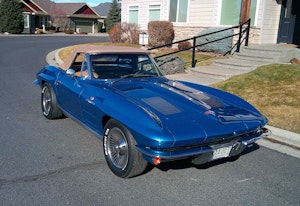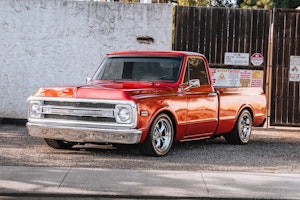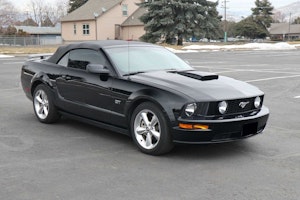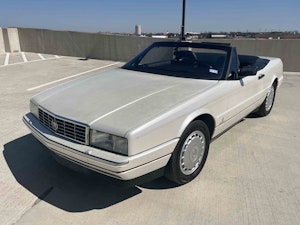Media | Articles
Pioneering muscle car novelties
American automakers have a long history of innovations that set their cars apart. Some, like the push-button transmission that Chrysler and Packard first offered in 1956, came and went quickly after being copied by other automakers. Others, like the retractable hardtop introduced with the 1957 Ford Fairlane, took decades to catch on.
In an era when cars tend to look the same and you don’t see a whole lot of novelty, it’s easy to forget that automotive designers and engineers once took chances on cool tech and wild ideas. You saw this a lot during the golden era of the muscle car. Here’s a look back at some of our favorites.
Shaker hood scoop
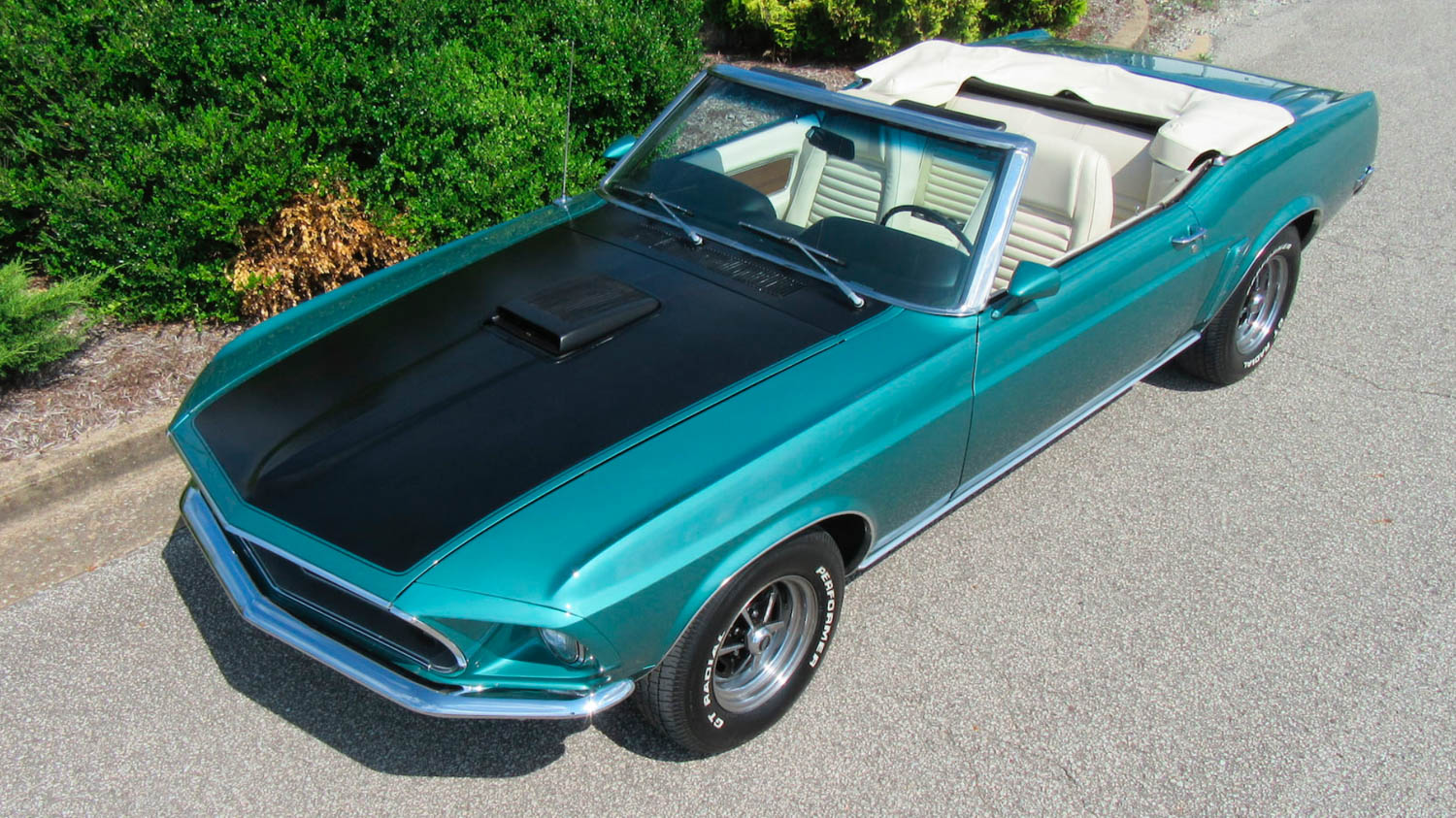
In 1967, Bill Collins and Herb Adams of Pontiac’s Special Projects Group unveiled an experimental Firebird to the press. The car, which carried the unfortunate moniker PFST, for Pontiac Firebird Sprint Turismo, featured a 230-cubic-inch straight-six with an overhead camshaft and three Weber downdraft carbs. Getting the carburetors to fit required punching a hole in the hood and covering them with a rear-facing scoop. It may well have been the first use of a shaker hood scoop, even if Ford gets credit for being the first to actually offer one on a production car, the 1969 Mustang and 1970 Torino.
Since the unit was attached to the air cleaner, it shook with the engine, hence the name. Before long you saw them poking out of the hoods of Barracudas and Challengers, Trans Ams and Formulas, and, of course, the GTO. Shakers fell out of fashion by the end of the 1970s, but they’ve since made a comeback on the occasional Ford Mustang and Dodge Challenger.
Marketplace
Buy and sell classics with confidence
Hood-mounted tachometer

Mounting a tachometer on the hood of any 1967 Pontiac surely seemed like a great idea at the time. After all, it put a mission-critical instrument directly in the line of sight. Turns out the vibrations caused by slamming the hood shut didn’t do much for the tach’s accuracy or longevity, and nighttime illumination was somewhat weak. Still, it looked cool as hell. Buick offered it on the 1970 GSX and 1971–72 GS, and American Motors, not to be outdone, integrated a tach into the hood scoop of the 1970 Rebel Machine. Other automakers, including Ford and Chrysler, offered accessory hood tachs, too. Even now they remain a popular mod for hot rodders.
Monochromatic look

The 1963 Pontiac Grand Prix’s greatest innovation wasn’t what it had, but what it lacked: chrome. In an era when automakers slathered their cars with the stuff, Pontiac stripped the car of ornamentation beyond its subtle rocker trim and wheel mouldings. The 1968 GTO took it several steps further with a monochromatic look unlike anything seen out of Detroit at the time.
A revolutionary plastic called Endura allowed automakers to mold and color bumpers in any number of ways. Pontiac used it to nice effect on the 1969 Firebird before going completely nuts with the stuff a year or so later. Chevrolet showed more restraint, using it to offer a “color-matched resilient bumper” on the 1969 Camaro. It wasn’t long before everyone in Detroit was partial to plastic, and later formulations allowed weight savings compared to heavy chrome.
The Mustang, Barracuda, Challenger, Satellite, Charger, and even the Javelin and AMX featured bumpers made with the stuff through the mid-1970s. But none of them integrated it into the overall styling as nicely as the GTO. Nowadays, of course, you don’t see any chrome on muscle cars, and steel bumpers haven’t been a thing since the 1980s.
Dual-transmission control

Hurst Performance Products introduced the His and Hers shifter (later known by the less sexist name Dual/Gate) shifter in 1962. The clever tech let anyone with a slushbox change gears without fear of shifting into neutral or making an accidental downshift. Ford riffed on the idea when it offered a console-shifted automatic in the 1966 Fairlane GT/A and its Cyclone GT cousin. Pontiac offered Hurst’s tech in the 1967 GTO before developing its own system in 1969. Oldsmobile included it in the appropriately named Hurst/Olds in 1968–79 and offered it as an option in the 4-4-2 through 1972. Chrysler riffed on the idea to create the Slap-stik shifter found in the Plymouth Barracuda and Dodge Challenger in 1970 and the Satellite and Charger the following year.
Cartoons and cars

The 1968 Plymouth Road Runner filled a niche that was being ignored by the Pontiac GTO and its copycat followers—an affordable performance car in a market where performance cars were upscale models. The name was a no-brainer, and cajoling Warner Brothers’ participation was a masterstroke. Aside of the mid-year 1968 Dodge Super Bee (equally inspired by the Scat Pack), there were several competitive responses to the Road Runner in 1969, but only one seized upon the cartoony aspect: the Ford Cobra. Early examples received an identifying decal illustrating a drag cobra, but it was soon replaced by a conventional cobra badge. For 1970–71, the drag cobra decal returned for the Torino Cobra. Chrysler played around with more cartoony vehicles, like the Duster and Demon, but they were a different class of car. Because everything old is new again in Detroit, and especially at Chrysler, the Demon is back, following the Rumble Bee and Hellcat and other cartoonish names for absurdly overpowered cars.

